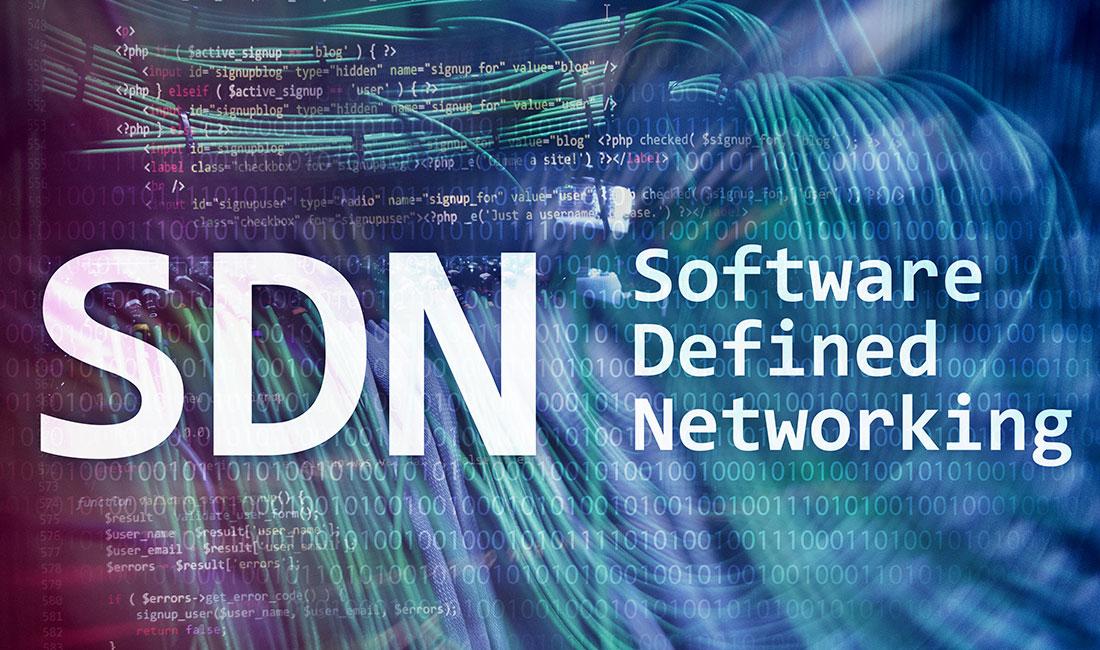Attention
This website is best viewed in portrait mode.
Publication Name: telecom.economictimes.indiatimes.com
Date: February 2019
SDN/NFV to rescue Indian telcos and accelerate monetization opportunities

Software-Defined Networking (SDN) and Network Function Virtualization (NFV) are redefining the speed at which operators can deploy services to monetize faster.
India is a market fueled by rich, interactive digital media content and extensive use of technology in our day-to-day lives, leading to subscriber growth numbers going strong and steady. According to the recent Ericsson Mobility Report, smartphone subscriptions in India are likely to grow from 560 million in 2018 to 1 billion in 2024. Data traffic per smartphone per month is expected to increase at 14% CAGR from 6.8 GB in 2018 to 15 GB in 2024. The current National Digital Communication Policy (NDCP) to increase broadband penetration will have the subscriptions numbers touching a billion.
The players in the Indian telecom sector are at price war (data bundles being a robust deciding factor) with each other to capture these growing markets. To win and cater to this billion data-centric subscriber market, telecom operators have made huge investments. Operators will need to reduce their new CAPEX investments and OPEX for existing infrastructure. Operators are also forced to monetize their data services to ensure sustainability by increasing ARPU.
Software-defined networking (SDN) and network function virtualization (NFV) are redefining the speed at which operators can deploy services to monetize faster. While SDN separates network control functions from network forwarding functions, NFV virtualizes network forwarding functions, and other networking functions run on proprietary, dedicated hardware.
The adoption of open-source-based SDN and NFV will provide the ability to manage and provision network services from a centralized location, enabling faster and cost-efficient delivery of bandwidth “on-demand” with minimal disruption. The cloud architecture based on NFV backed by SDN has features such as data analytics and automation, which are not available in legacy networks. The bandwidth flexibility, programmability, and automation will help telecom providers monetize their whole range of cloud services linked to 5G, Smart Home, IoT, connected car, and more.
SDN and NFV are not just about network transformation; it is also about the organizational transformation of the telecom operators. The transition towards virtualized network operations will promote organizational skills and process changes that will reflect the move from physical network engineering to service-driven software and agile operations.
As India plans to roll out state-of-the-art 5G telecom services in the next four years, operators will be pushed to adopt new network architecture (centralized control with dynamic flexibility and programmability). Virtualization (hardware-free cost-effective) will be a critical aspect of networks. The monetization opportunities linked will ensure a steady flow of revenue and sustainability for the service providers. The CSPs cannot afford not to react as they face competition from high margin network OEMs, MVNOs (Mobile Virtual Network Operator) along with Amazon, Google, and Facebook, who have significantly increased their R&D investment in SDN and NFV.
To cash in on these monetization opportunities and despite challenges, the major service providers in the US, Europe, and a few in the APAC region are scaling their investments in SDN and NFV. The CSPs in the west are focusing less on SDN/NFV CAPEX or cost savings and more on service innovation and revenue growth opportunities. Telecom providers hold the largest SDN orchestration market share. With the emergence of open source initiatives such as the Linux Foundation's ONAP (Open Network Automation Platform), ETSI's OSM (Open-Source MANO), and SK Telecom's T-MANO, solutions are beginning to be commercialized. Apart from leveraging SDN and NFV capabilities, carriers are integrating cognitive technologies such as artificial intelligence (AI) and machine learning (ML) to evolve to a zero-touch network that can automate performance management and maintenance functions without manual intervention to prevent network faults and reduce expenses.
The adoption rate in India is slow because technology standardization and maturity levels of implementation are still evolving. Many large telcos in India have not taken up a significant leap into SDN due to a lack of confidence in the maturity level of SDN solutions. In such cases, system integrators play an essential role in an organization’s multi-phased transformation journey through multi-vendor system integration, certification, and benchmarking of vendor-supplied solutions and managed services for end-to-end service fulfillment with assurance.
SDN and NFV deployments have started changing operational and service dynamics for operators across the globe. It is about time that Indian operators accelerate SDN/NFV deployment plans to cater to the increasing service needs of the Indian subscribers.




